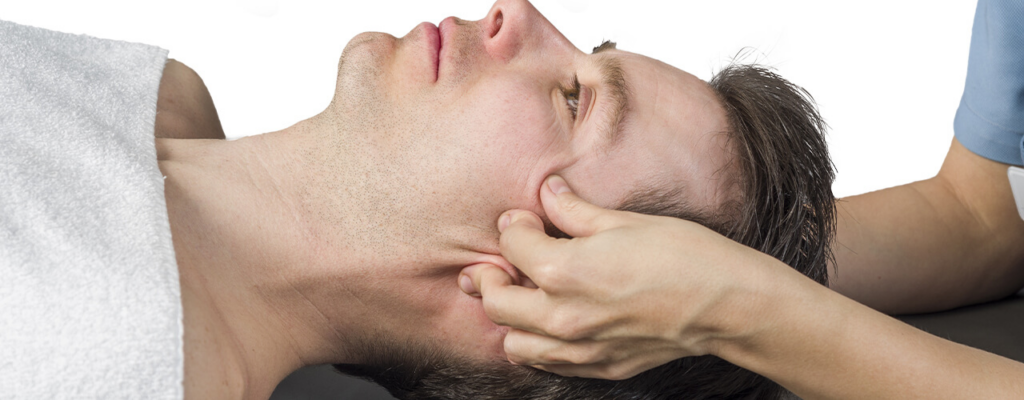
Cranial Sacral Therapy, or CST, is a non-invasive, holistic technique that works with the body’s craniosacral system. Many find this work very relieving and helpful in reducing pain, stress, and enhancing overall well-being. Knowing what to expect during a CST session will help any potential clients feel more at ease and confident in the process. What to expect from an initial consultation to post-session relaxation is described hereinafter in a step-by-step guide and is ideal for newcomers to the therapy.
What does the initial consultation consist of in Cranial Sacral Therapy?
The therapist discusses your case history, health concerns, and goals of the session during the initial consultation. It helps to provide a tailored treatment for your needs.
The consultation generally covers the discussion regarding your present health, previously obtained medical conditions, and specific concerns or signs that you may be plagued with currently.
This talk also helps the therapist understand your needs and take proper judgment toward your session. A therapist may also use this time to explain the basic principles of CST, the areas they’ll focus on, and answer any questions you might have.
How does the therapist prepare a session of Cranial Sacral Therapy?
The therapist prepares by making sure the environment is quiet and peaceful. They make sure the treatment table is comfortable and arrange pillows to place under your body to facilitate relaxation.
The therapist will, beforehand, set up such an environment that is relaxing. They will ensure the treatment table is comfortable and that pillows are placed beneath your body to relax it. This may involve turning some of the lights off, playing soothing music, and appropriate room temperature.
Next, they will arrange the treatment table to your liking and place pillows or bolsters to support your back, neck, and legs. The purpose is to have you become as relaxed as possible and comfortable before any physical work commences.

What does a session of Cranial Sacral Therapy involve?
Some of the other salient features in conducting Cranial Sacral Therapy involve light touches to the system for releasing tension. Light pressure will be placed, by the therapist, on the head, neck, and spine to allow the body to relax and recover.
During the procedure, the therapist touches indeed very lightly-on key areas of the head, neck, and the bottom of the spine-with less than five grams of pressure. These small manipulations are made in an attempt to release tension and create a smoother flow in the cerebrospinal fluid that envelops the central nervous system.
The therapist might also diagnose the rhythm of the craniosacral to check for any imbalances. These gentle techniques relax the muscles and soft tissues, which in turn will reduce pain and improve flexibility and general health. Because CST is non-invasive, it is suitable for people from newborns to the elderly.
How long does a session of Cranial Sacral Therapy usually last?
In Cranial Sacral Therapy, the sessions usually run for 45 to 60 minutes; some may be even less or a bit longer, depending on need and areas of concentration.
Most sessions of Cranial Sacral Therapy typically run around 45 to 60 minutes, though sometimes they can be longer or even take up less time, depending on your specific health needs and concerns.
During this, the therapist methodically works over different areas of the body with a light touch and gentle manipulations to release restrictions in the craniosacral system. Of course, other clients may need shorter sessions, especially when targeted work is necessary, and some may require extended sessions if many areas must be addressed. Whatever the length of the session, the aim is always to reach that deep state of relaxation and healing.
What is the best thing to wear to a session of Cranial Sacral Therapy?
The best thing to wear for a Cranial Sacral Therapy session is loose, comfortable clothing. The therapy treatment is non-invasive, so you will not need to undress, and comfort enhances the likelihood of relaxation and healing.
Wear loose, comfortable clothing for your CST session in T-shirts and yoga pants or athletic wear. Because the therapist will be using light pressure through your clothes, anything that’s too tight can make you have to work harder at relaxing.
This is a non-invasive therapy and works through gentle touch, so there’s no need undressing. He will also arrange your pillows and other supports to make you most comfortable to enhance your relaxation and to enjoy the session. Getting comfortably dressed will make you pay proper attention to the benefits of the therapy.

What can you expect after a session of Cranial Sacral Therapy?
After the Cranial Sacral Therapy, clients often feel relaxed and may notice improvements in pain levels, sleep, and overall well-being. Drinking water and resting afterward are recommended.
After the session, the clients usually feel a deep level of relaxation simulating how one feels after a deep massage session or even meditation. Many participants report feeling more ‘in balance’, both physically and emotionally; most indicate positive changes of pain levels or mobility.
It is not uncommon for a person to feel quite sleepy afterwards, so it is generally advised to take it easy and stay hydrated for the remainder of the day. Most likely, water will help with the possible flushing out of toxins released due to the process.
How much Cranial Sacral Therapy is required?
The number needed depends upon individual goals and conditions. Several notice benefit after one session, while others may take several to reach complete value.
How much Cranial Sacral Therapy is needed is an entirely different thing because it varies from person to person and may be related to how complex a condition treated might be. Some people feel a huge difference right from the first session if their problem is minor.
For chronic disorders, deeper traumas of emotions or the physical body, and pain that has been there for a very long time, multiple sessions are recommended. The therapist will assess your progress after each session and could suggest a treatment plan comprising regular appointments.
Conclusion:
Cranial Sacral Therapy is both versatile and gentle. It tries to help a wide range of physical, emotional, and mental health concerns. By knowing what actually goes on during a session, can help someone be prepared for it and more sure about the process. Whether you’re seeking relief from chronic pain or looking for ways to improve overall well-being, CST offers a non-invasive and deeply relaxing way of supporting your body’s natural healing capabilities.

